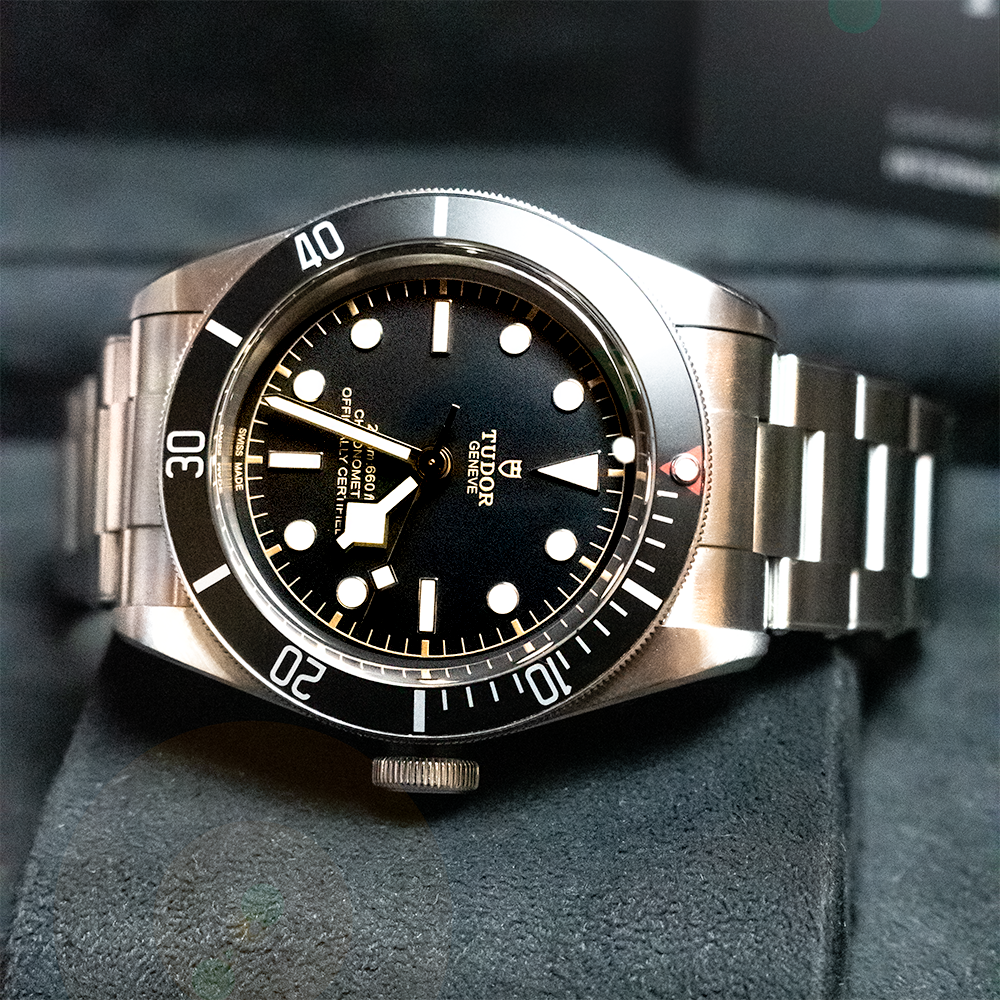
The AP Royal Oak: The Watch that changed the Luxury Watch Industry
The Audemars Piguet Royal Oak is quite simply one of the most critically renowned watches across the globe, with its sublime finishing and sporty chic aesthetic. Gerald Genta, the genius designer behind the watch had changed the luxury watch industry for decades to come, with the iconic piece now being sported and desired by the giants of music, entertainment, film, and sports industries. In many ways it has become a rite of passage for anyone who comes into wealth to attain this watch, and rightfully so!
At the time of the birth of the Royal Oak, Audemars Piguet had already scaled drastically due to the post-war economic boom which saw the small sized company increase its production to making 5,500 watches per year.
It was at the Basel fair of 1970, however, that things started to get set in motion. Audemars Piguet were yet to create a steel sports model that rivalled that of Omega, Tag Heuer, Jaeger-LeCoultre and Rolex. Gerald Genta, who was no stranger to the watchmaking world at the time, was seen as the perfect fit to scale Audemars Piguet even further to compete with their rivals. Thus, George Golay, the managing director of AP, had asked Genta to create a steel watch overnight that “has never been done before”, and with these words, an icon was born.
Taking inspiration from a diving helmet, the octagonal shaped case we are so familiar with today, had been used to differentiate Audemars Piguet from the other watch brands. Genta, who was originally a Jeweller also wanted the bracelet to emulate the shine within the facets of a diamond, with each bracelet and case being satin-finished and mirror polished by hand, playing with the light in a mesmerising manner when it is worn on your wrist. The Petite Tapisserie dial was a technological innovation that was incredibly hard to achieve, with such a thin layer of colour being applied to each dial, which had initially created inconsistencies in the dial colour for each piece when they were first produced.

Prototyped, fine-tuned, and advertised the Royal Oak was ready to launch in 1972. What was most shocking about the Royal Oak was that it was priced the same as some gold watches, causing a sensation in the Swiss watch industry, and mixed reviews after its launch. Yet, after a few years, the watch had significantly changed normal market behaviours and was a great success from the get-go. Much of the other Swiss brands tried to follow suit with innovative designs, including Patek Philippe who had commissioned Gerald Genta to design the iconic Nautilus in 1976.
A test of its time and a true icon, the AP Royal Oak is a testament to innovation and playing with fire, as the rewards for Audemars Piguet had been set in stone after its release despite the risks they took with pricing and design. Its success transcended the worst time in the Swiss watch industry, the financial and oil crises, as the incredible artistic craftsmanship behind the creation of this watch was too much to ignore for any watch enthusiast.







